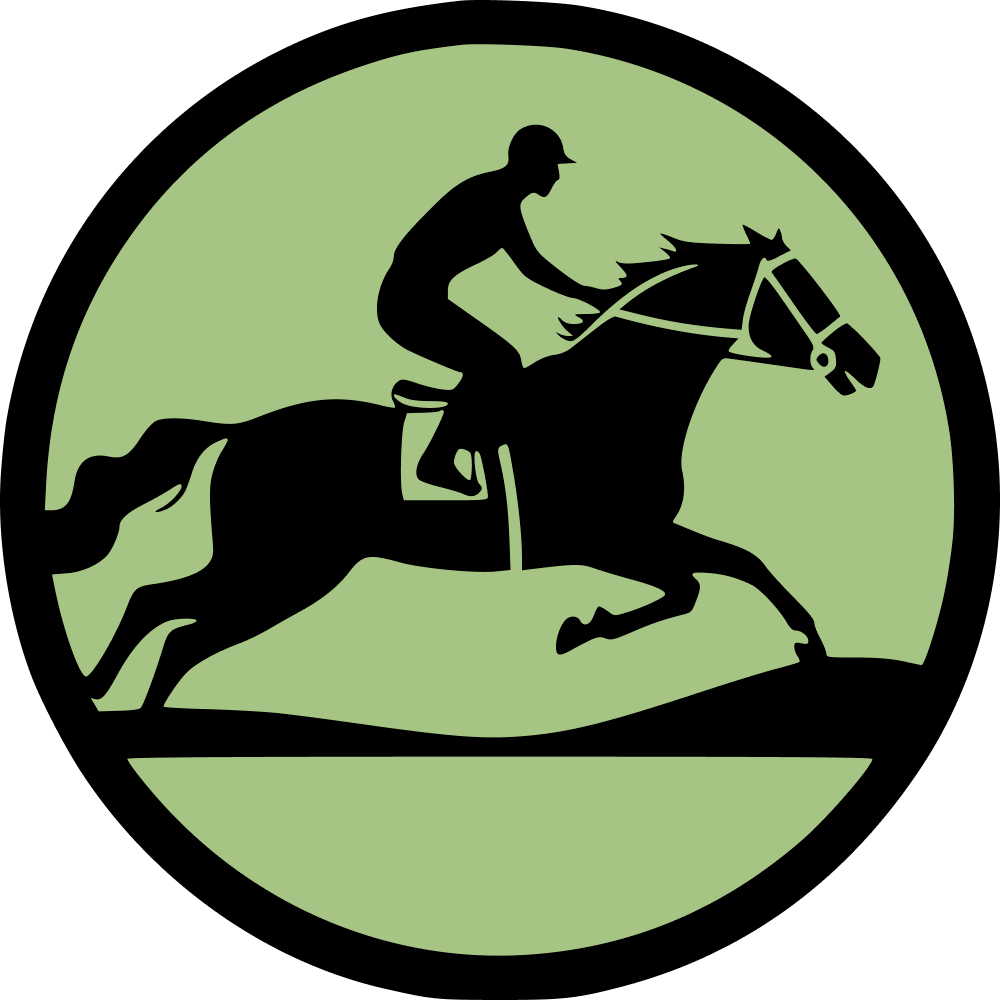When it comes to prestige, quality, and value, graded Thoroughbred racing occupies the upper echelons of the racing world. Horses with the best racing qualities compete in these events, making the competition exceptionally high. Consequently, triumph at stakes races not only elevates a horse to national hero status but also automatically places it among the finest pedigree sires of the breed.
Horses emerging victorious in such races are prominently marked in bold black in sales catalogues, earning them the designation of black-type races.
The prize fund for group races is the highest. Additionally, horse owners must pay a certain amount to participate in the race—an entry fee, or in other words, a stake, hence the inclusion of the term "stake" in the name of these races.
These races are referred to as group, rating, or graded stakes races, as they are categorised into groups that differ in various indicators. The lower the number, the higher the race's status, with varying requirements for the form of horses, conditions at the racetrack, and entry fees for owners. The grades form a pyramid: the foundation comprises 3rd class races, typically numerous; 2nd class races are notably fewer, and at the pinnacle are the first-class races, significantly fewer than all others.
Criteria for selecting and classifying races include:
• Drug and medication testing: The racecourse must maintain a commendable reputation for anti-doping and drug control, with any history of drug or stimulant use leading to exclusion from the evaluation list.
• Consistency for at least two years: The race conditions, including track condition and length, event timing, horse category, and prize fund, must remain constant.
• No restrictions other than gender and age: Races should have no limitations on horses, excluding factors like gender and age. For instance, races for Thoroughbreds bred in Canada cannot be classified in any class as having restricted horse eligibility, including classics like the Triple Crown.
• Adherence to industry standards: Races must comply with all industry standards regarding prize determination, weighing accuracy, revenue procedures, and more.
For more details on the criteria for selecting and classifying races, visit https://toba.org/graded-stakes/.

1st Class Racing
Class 1/Group comprises major international races, setting the standard for horse racing globally. Participation in these events is considered a great honour, and victory stands as the pinnacle achievement. Notable examples include the Melbourne Cup, the Japan Cup, the 2000 Guineas, the Epsom Derby in the UK, the Belmont Stakes and Preakness Stakes in America, and in Canada, races like the Canadian International Stakes, NatalmaStakes, E.P. Taylor Stakes, Summer Stakes, and Woodbine Mile. For a race to achieve Group 1 classification, its prize fund must be a minimum of $300,000.
2nd Class Racing
Class 2 encompasses slightly lower-status, minor international races. Examples include the Doncaster Cup in the UK or the Black-Eyed Susan Stakes in the USA. In Canada, races like the Canadian Stakes, King Edward Stakes, Nearctic Stakes, and Autumn Stakes fall into this category. The race's prize fund must be at least $200,000 to be classified in this class.
3rd Class Racing
Class 3 includes large national races, often featuring substantial prize money and the participation of top breeding horses. Examples include the British Columbia Derby, Selene Stakes, and Mazarine Stakes in Canada, the Hawkesbury Gold Cup in Australia, or the Winter Derby in the UK. For a race to be classified in this class, its prize fund must be at least $100,000.
Listed Racing
Other races, not subject to stringent requirements, are held more frequently, usually on a national or district scale. These races are "listed on the sheet," and the prize fund for these competitions must be at least $75,000.

The Dynamic Evolution of Canadian Horse Racing
Throughout its history, horse racing in Canada has been interlinked with American racing, sharing a leadership connection. Oversight of the graded stakes, a crucial aspect of this collaborative effort, is managed by the Thoroughbred Breeders and Owners Association of America (TOBA) through the American Graded Stakes Committee. This committee holds the responsibility of assessing races and categorising them into various groups, encompassing Canadian races within its purview.
In 1998, recognising the need for a more specialised approach, the Jockey Club of Canada established the Canadian Stakes Committee. Tasked with annually evaluating Grade 1, 2, and 3 races, this committee ensures the continuous adaptation of race statuses to changing conditions. This dynamism within the country's graded betting system manifests in races undergoing shifts – some may cease to exist, transition to list-based status, or experience alterations in their rankings, highlighting the ever-evolving nature of the sport.
Data on Stakes Races in 2024 in Canada
As per the Jockey Club of Canada Graded Stakes Committee, the upcoming year is set to host 42 graded races in Canada. The breakdown includes 5 races classified as 1st class, 11 as 2nd class, and 26 as 3rd class. A key parameter considered in this evaluation is the Race Quality Score (RQS), calculated based on the speeds of the top four runners in the race. This figure, measured over the last three years, must not fall below a certain level, corresponding to the gender and age structure of the races.
Following the Committee's deliberations, two races were downgraded from Grade 2 to Grade 3 in 2024: the Bessarabian Stakes and the Royal North Stakes. Simultaneously, several tournaments saw an increase in status and were included in the Listed category, showcasing the dynamic nature of the racing landscape and the continuous efforts to maintain the highest standards.

